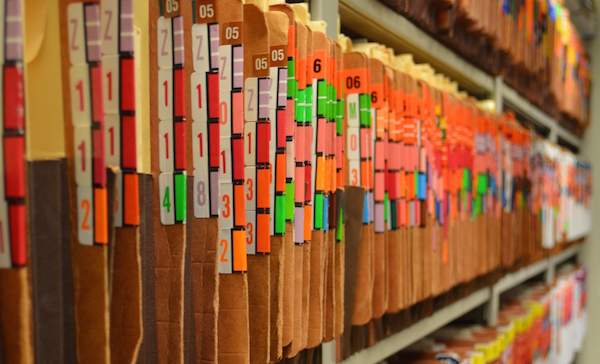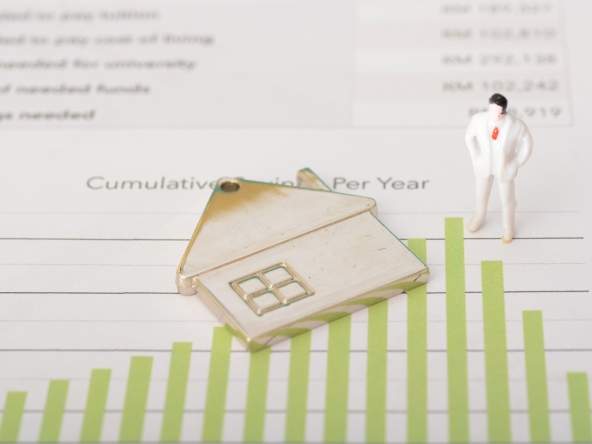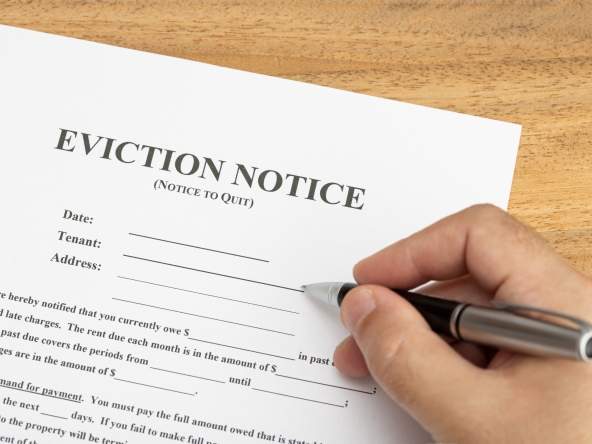When you look up your home address on search engines, you will find a lot of websites about it, among which are Redfin, Zillow and other real estate sites. One thing you will notice is, the square footage information on the websites is not consistent. Why?
Square footage in real estate is a big deal because it has to do with the value of your property. Ironically, there isn’t one official source that tells you how big your house is. Let’s look at each of the source you will find and understand what it means.
Real Estate Sites
Information on real estate sites is syndicated from MLS (multiple listing services). MLS is a database where real estate agents enter information about the home they are selling/leasing. For instance, the info of your home on Redfin was entered by the agent who listed the home for sale before you bought it. For clarify, let’s called this “listing sqft”. If you scroll down on the Redfin listing, you will see the “Public Records” section. Most of the time, the “public record sqft” is the same as the “listing sqft” because the simplest thing an agent could do was to copy/paste the “public record sqft” into MLS as the “listing sqft”. Technically, the agent could enter any number s/he wants as long as proper source is cited.
Public Records
Public records are maintained by the county’s recorder’s office. When one sells a home, takes out a mortgage, files a divoce, the corresponding legal documents (aka instruments) are filed with the recorder’s office, which in turn makes them available for the public to look up. Interestingly, your home’s sqft is not on any document that goes to the recorder’s office. Therefore “public record sqft” is a very misleading name. A more accurate name is “tax record sqft” because the sole reason the county keeps track of it is to assess property tax. The bigger the property, the more valuable it is, the more it can tax YOU.
In the modern world, when you pull a permit to build a new home, the city’s building department will inform the county’s tax assessor about the size of this new home completed. Similarly, when you build an addition to an existing home, the city will pass along the number of new bedroom, new bathroom, and sqft added to the county. That’s how the tax assessor gets the data. In the real world, because a lot of the homes in California were built before this protocol was in place, some counties actually sent out appraiser to measure homes decades ago. Other counties rely on information from historical Sanborn Map.
When a homeowner builds an addition to a home without pulling building permit, or pulled the permit without finalizing the permit, the county tax assessor would not know about the sqft and thus the real sqft is bigger than the tax record sqft. That’s a common reason why “public record sqft” is different from what you actually see at a house.
Let’s consider the opposite of the above case. Let’s say a homeowner didn’t pull a building permit but built an massive addition anyway. An angry neighbor someday realized this addition blocked part of his backyard and made a call to the county to report this illegal building activity. The county assessor sent out an appraiser and the appraiser found that although the addition wasn’t quite up to code but it was usable and certainly increases the property value. He noted it down and adjusted the value of the tax record sqft. Ahha, all of a sudden, this unpermitted, subpar sqft is added onto the “public record sqft”. It’s a shame that 99% of the real estate agents out there thought the “public record sqft” was the legal sqft.
Remember, the county does not care whether the sqft is legal or not, all it cares about is whether it can assess tax on it. Whether a certain construction activity is allowed or not is the building department’s jurisdiction, not the county’s.
Horror Story
I have worked with homeowners who bought a house with 2800 sqft on “public records” because the agent “referred by a friend” misled them to  believe if the sqft made it onto the “public records”, it was legal. As it turned out, it wasn’t. When the homeowners tried to build another addition, the city inspector caught the previously unpermitted addition and fined them thousands of dollars. Not only that, the city also required the unpermitted addition to be either taken down or be opened up for inspection and be bought up to
believe if the sqft made it onto the “public records”, it was legal. As it turned out, it wasn’t. When the homeowners tried to build another addition, the city inspector caught the previously unpermitted addition and fined them thousands of dollars. Not only that, the city also required the unpermitted addition to be either taken down or be opened up for inspection and be bought up to
current code, which would cost another $30k. It further delayed the construction project and costed the homeowners additional thousands of dollars in mortgage interest. Moral of this story is, hiring an average real estate agents could cost you many thousands of dollars.
Stay tune for another blog post to see how the Cal Agents was able to add many thousands of dollars to the homeowners’ bottom lines instead.






